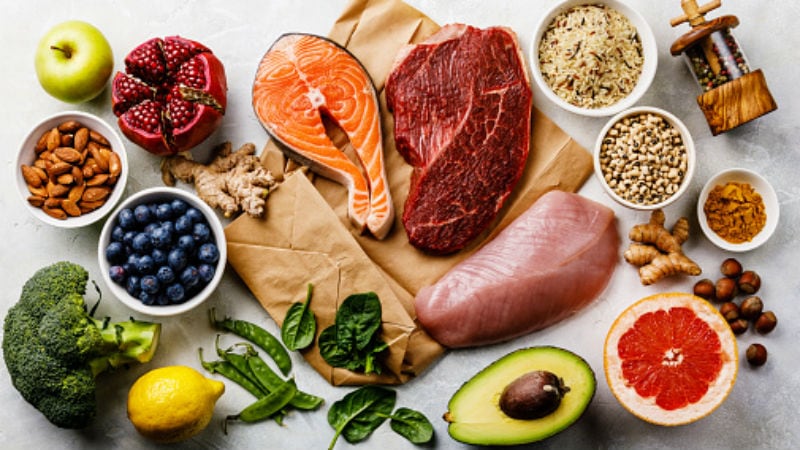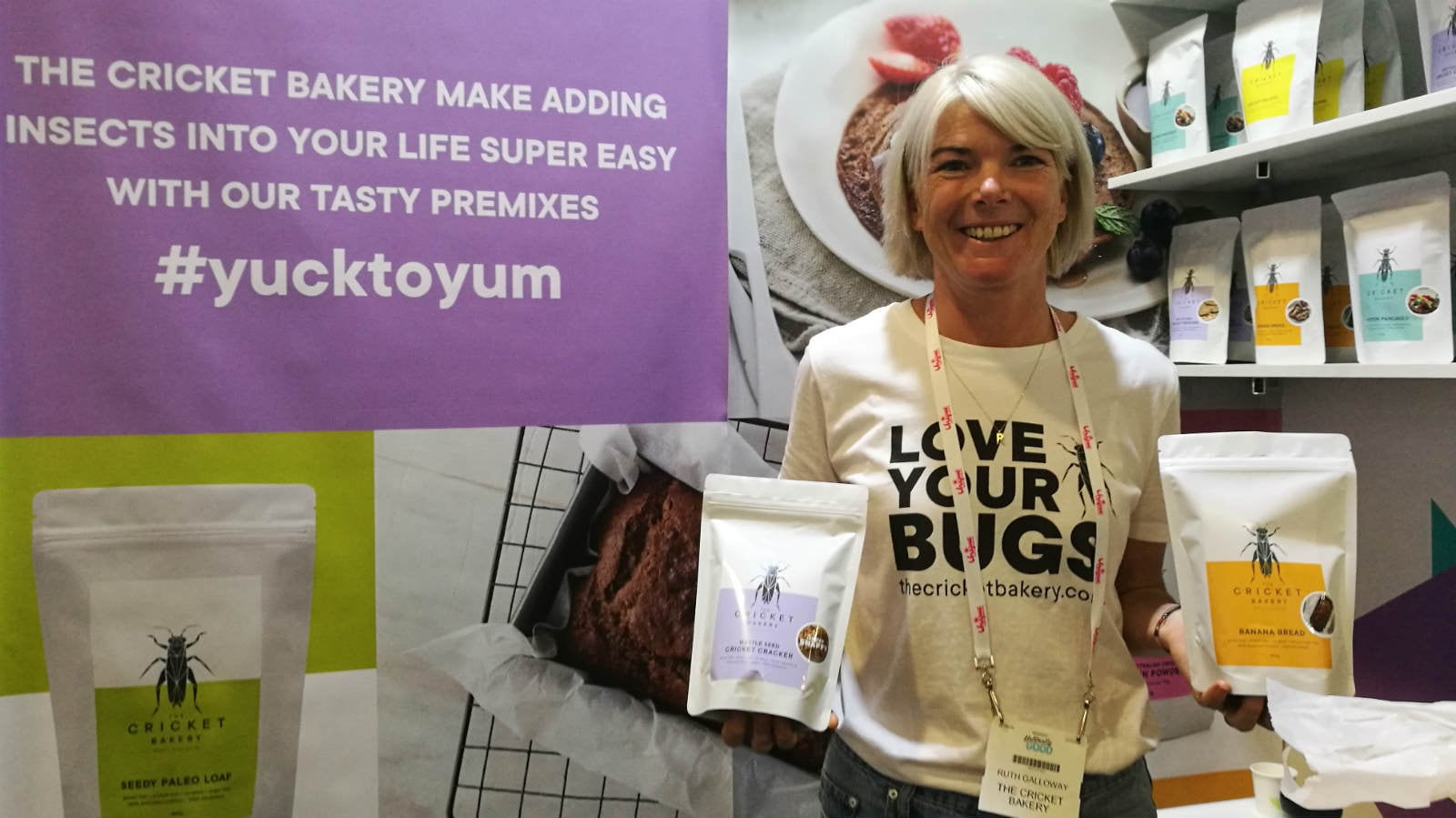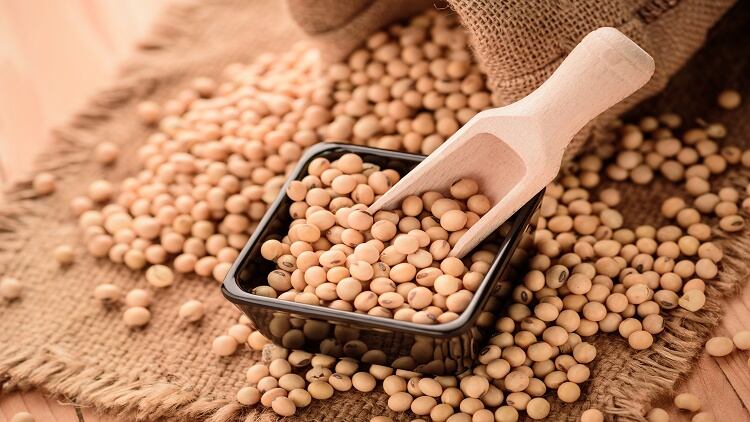The six protein categories were: Plant-based, Meat, Eggs & dairy, Wild catch fisheries, Aquaculture and Non-traditional (Insects, Micro-algae and Lab-grown meat).
According to the report, in 2018 plant-based proteins (including wheat, rice, maize, potatoes, etc.) supplied 66% of global protein consumption (150 million tonnes in total), and this pattern is expected to continue through to 2025.
The growth rate for plant-based from 2018 to 2025 (14%) is expected to fall behind categories such as non-traditional proteins (872%) and aquaculture (74%), but it is predicted to remain the largest protein supply in terms of absolute value.
Trends disrupting the protein market
Additionally, four major trends are expected to affect protein markets during this period.
The first is health and ethics, which is the biggest reason driving the rise of plant-based diets in the Asia Pacific region. According to the report, 14% of Australians are ‘making concerted efforts’ to avoid red meat, whereas 34% to 39% of urban Thais and Indonesians have reduced consumption of animal-based proteins over the past two years due to this.
“[This is due to] increased focus on the detrimental health impacts and rising awareness of ethical issues linked to meat consumption,” said the authors.
Another major driver of plant-based protein consumption will be environmental constraints, which will have the most obvious effects on meat and wild-caught fish.
According to the report: “90% of the world’s fish stocks are now fully or overfished, increasing the need for aquaculture production to overtake wild catch fisheries as the main source of fish consumption moving forward.”
Government advocacy will also play a major role. As an example, China’s 2016 dietary guidelines advised citizens to half their meat consumption ‘in order to improve public health and reduce greenhouse gas emissions’.
Finally, technological advances will also heavily influence the protein sector as more alternative sources of protein are developed such as lab-grown meat
Non-traditional protein sources – high growth, low absolute value
Lab-grown meat is considered a non-traditional source of protein along with insects and micro-algae. Together, the entire category is expected to see the fastest growth over the next seven years out of all the protein sources – but absolute value is likely to remain low.
“[Even] though nontraditional proteins are projected to grow by the fastest rate at 35% per annum, [their] share of the global protein market in 2025 would still be miniscule (less than 1%),” said the report.
Insects are the main driver of the category, expected to grow 45% per year, and the consumption of this protein source has also been advocated by the United Nations Food and Agricultural Organisation (FAO).
Yet, the global insect market was not predicted to rise above A$1.3bn (US$921mn) in value, or an estimated 0.03% of the global overall protein market, by 2025 due to various challenges in the market.
“[There] is an absence of clear regulation and norms guiding the use of insects as food, e.g. insects are considered a ‘novel food’ in Europe and cannot be sold for human consumption unless overridden by national legislation,” stated the report.
“[Customer acquisition costs are also currently high due to low rates of consumer acceptance [and] there is also the issue of scalability: rearing insects in large numbers requires the development of automation processes which could be costly.”
Cost is also one of the reasons holding back the progress of lab-grown meat, according to Singapore cell-based seafood company Shiok Meats.
“Since the cost of cell-based meat currently is quite high, the market that we will cater to now is mostly in the high-end restaurants and for gastronomical experiences,” Shiok Meats CEO Sandhya Sriram previously told FoodNavigator-Asia.
“We are constantly working towards reducing our costs and eventually our meats will be available for everyone's consumption i.e. supermarkets, grocery stores etc.”
Late market entry may also be a hindering factor – according to the report, the first commercial lab-grown products are only expected to be launched from 2021 onwards.





